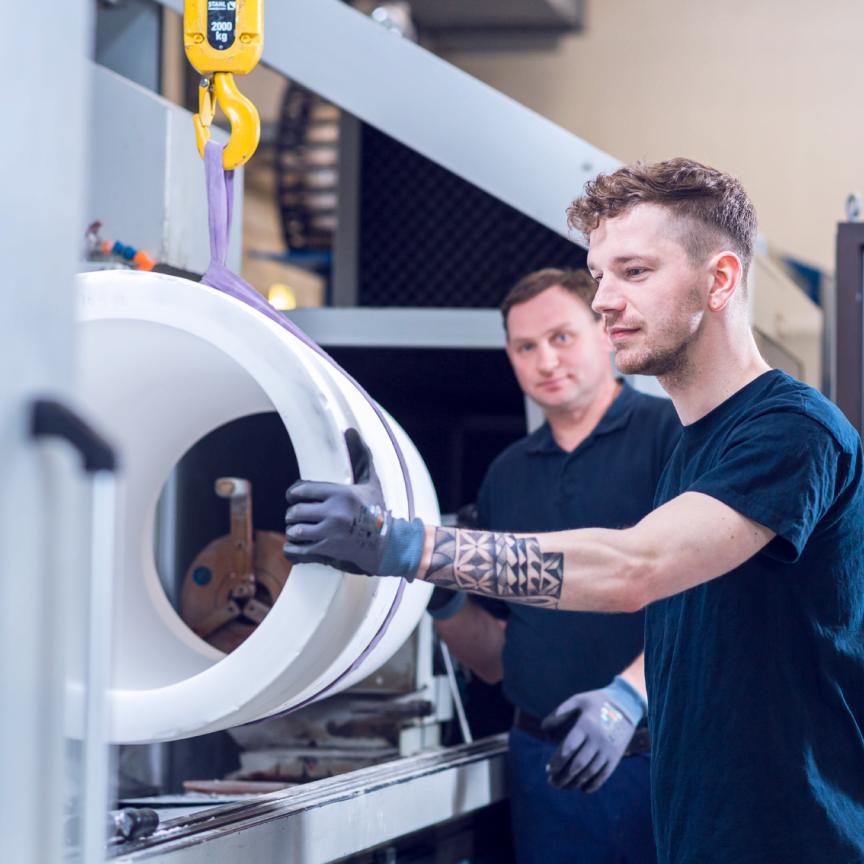At the end of March, the US National Photonics Initiative (NPI) welcomed volunteers from industry and research labs across the United States visiting Congressional offices in Washington to push for support in matters related to technologies and R&D in photonics.
The annual Science-Engineering-Technology Working Group (SETWG) Congressional Visits Day (CVD) aims to highlight the long-term importance of science, engineering and technology that support the US's growth through meetings with Members of Congress and other decision-makers.
Supported by SPIE, the international society for optics and photonics, and other NPI founders and sponsors, the 36 volunteers from photonics were among a total of nearly 200 volunteers participating in this year's SETWG Congressional Visits Day.
During the event, NPI volunteers emphasised the need for government support for:
- The Revitalise American Manufacturing and Innovation Act of 2013 (RAMI), for the establishment of manufacturing institutes known as the Network for Manufacturing Innovation (NMI). These institutes that would run though public-private partnerships between the government, universities, research organisations and industry to accelerate manufacturing innovation in technologies with commercial potential
- The reauthorisation of the America Competes Act (America Creating Opportunities to Meaningfully Promote Excellence in Technology, Education, and Science Act), which was passed in 2007 but expired in December 2013. The act was intended to double government spending in science and technology over the following decade, but it was never fully funded. Reauthorisation of this act, along with adding language in specific relation to photonics, would ensure American competitiveness in the global marketplace
- To set-up a National Photonics Prototyping and Advance Manufacturing Facility within the Department of Defence’s manufacturing mandate, possibly through inclusion of language in the National Defence Authorization Act (NDAA). The establishment of such a facility could assist in the production new products for defence, as well as drive new generations of high-tech commercial applications, such as a more secure Internet, enhance medical diagnostics, and portable sources of renewable energy.
SPIE president Philip Stahl, who attended the event, commented on the teams’ efforts: ‘Robert Lieberman [SPIE vice president] and I and the other NPI volunteers had a productive day discussing with Congressional staff the importance of optics and photonics for our nation's economic and national security, and how the NPI strengthens our nation's future,’ he said.
Former SPIE president James Harrington also attended the event, and along with a team of volunteers visited several offices of New Jersey members of Congress. ‘All of our legislators indicated their appreciation of the scientists and engineers who came to the Hill to promote science funding,’ commented Harrington. ‘They said that the suggested language given to them in the ask would be very helpful as the look at drafting their amendments to legislation such as the Competes act.’
SPIE fellow Bahaa Saleh reported on the success of the visitors in raising awareness among Congressional staff about the importance of photonics technology and the goals of the NPI: ‘There appears to be some appreciation for our agenda of promoting reauthorisation of the America Competes Act and having Congress recognise that optics and photonics research and technologies are critical to our nations' leadership in global markets,’ she pointed out. ‘I am hopeful that our request for support for the RAMI Act and investment in the development and production of high-power laser technology will have some effect.’

Image: Congressional Visits Day volunteers, members of Congress, and Congressional staff
Formed in 2013, the NPI is a collaborative, industry-driven campaign to advance photonics research and funding in the USA. Activities concentrate on five key areas: defence and national security, energy, healthcare, communications, and manufacturing.
The SETWG is an information network comprising scientific and engineering societies, higher education associations, companies, and trade associations, and aims to enhance the future of the US science, mathematics, and engineering enterprise.


